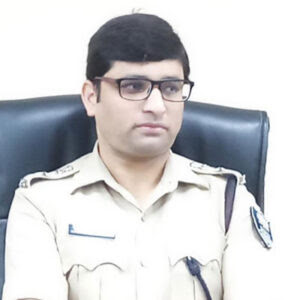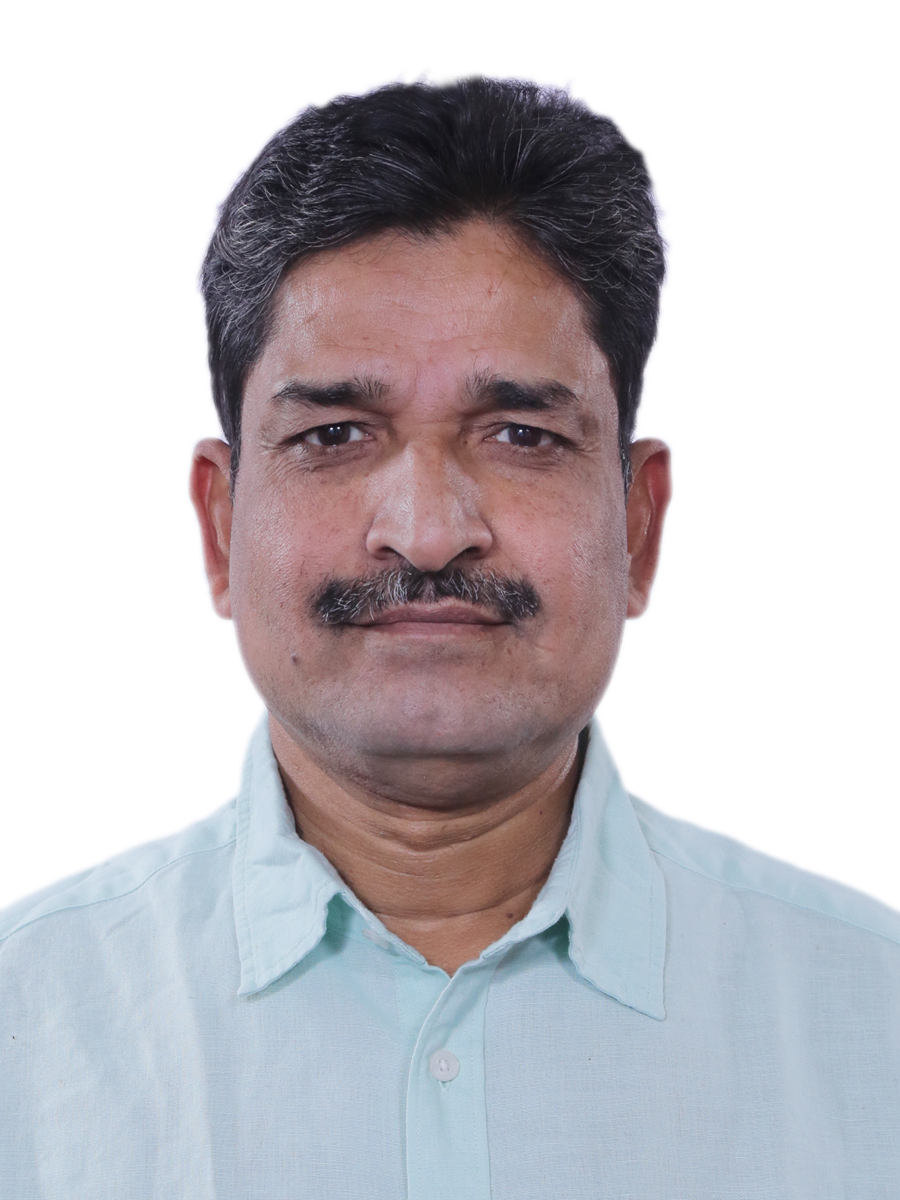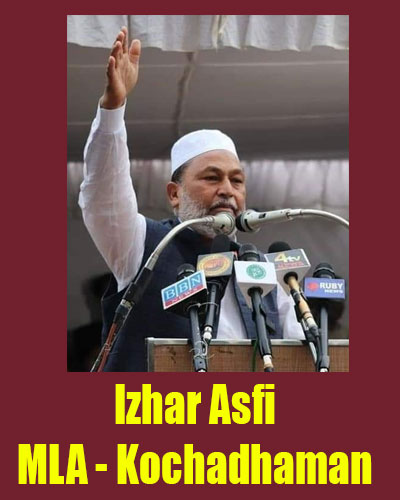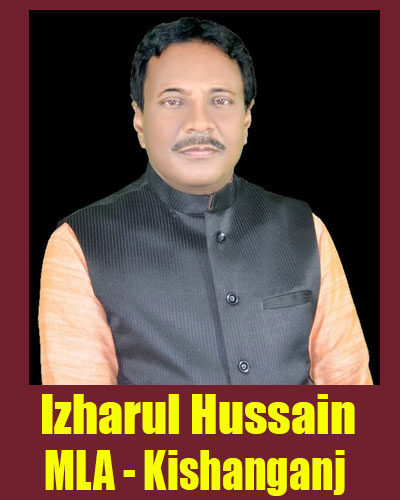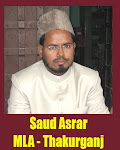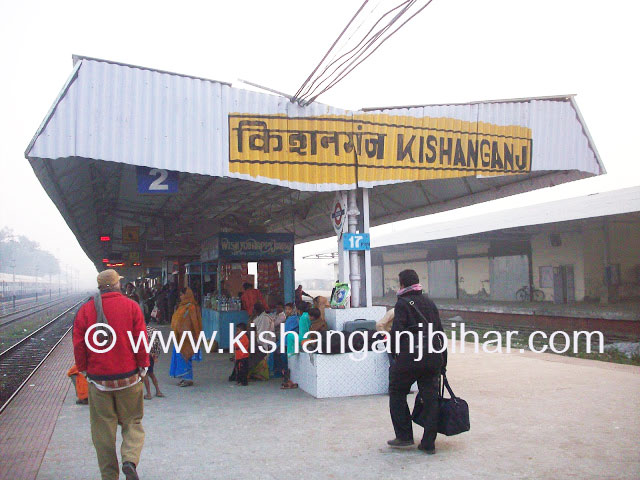Quick Facts
Area: 3,229 sq. kms
Population: 2,540,788 (1,325,794 males and 1,214,994 females)
Head Quarters: Purnia
Sub Divisions: Purnia and Dhumdaha, and 14 blocks
Blocks of Purnia: Amaur, Baisi, Banmankhi, Barhara Kothi, Bhawanipur, Baisa, Dagarua, East Purnea, Jalalgarh, Kaswa, Krityanand Nagar, Srinagar and Rupauli.
Nearby Districts of Purnia: Araria, Kishanganj, Katihar and Uttar Dinajpur (West Bengal)
Nearby Towns from Purnia: Siliguri (175 km), Darjeeling (250 km), Kishanganj (70 km), Katihar (35 km) and Araria (30 km)
Main Industry: Jute
Main Crops: Paddy, Wheat, Maize, Banana and Jute
Major Rivers of Purnia: Mahananda, Kosi, Suwara Kali and Koli
Member of Parliament: Uday Singh from Bharatiya Janata Party (BJP)
MLAs of Purnia District: Amour Constituency MLA - Saba Zafar (BJP), Baisi Constituency MLA - Santosh Kumar (BJP), Kasba Constituency MLA - Md. Afaque Alam (INC), Banmankhi Constituency MLA - Krishna Kumar Rishi (BJP), Rupauli Constituency MLA - Bima Bharti (JD(U), Dhamdaha Constituency MLA - Leshi Singh (JD(U) & Purnia Constituency MLA - Raj Kishore Keshari (BJP)
Once a major district north-eastern Bihar, Purnia or Purnea is still considered among the big districts of Bihar. In fact, earlier Purnia was comprised of nearby districts like Katihar, Kishanganj and Araria that are now separate district. Historically Purnia has remained an important centre for British East India Company, and even today maintains its supremacy over the bordering districts. Prior to British Raj, during the Mughal era Purnia was an outlying military province its wealth was mainly spent of protecting its open borders against tribals from north and south. Way back in 1757 the local governor of Purnia raised a rebellion against Siraj-ud-Daulah in 1757 after the capture of Calcutta. In the year 1765 along with rest of Bengal Purnia district came under British occupancy.
The soil of Purnia is mostly loamy and traversed by rivers like Kosi and Mahananda. Cultivation is the main profession of the majority of the population. People cultivate wheat, rice, jute, banana and maize. But the rivers get over flooded during rainy season and destroy the crop. The literacy percentage of Purnia lies at the dismal percentage of 30 per cent.
Like other Surjapuri areas, people of Purnia are lively and loving in nature. Besides spending a relaxed and simple lifestyle the inhabitants of the district celebrate a number of festivals every year. Locals celebrate the popular Hindu festivals like Saraswati Puja, Holi, Dushhera and Deepawali at a massive level and follow age-old culture and traditions. Muslims celebrate the major festivals such as Eid-ul-Fitr and Eid-ul-Azha with great pomp and gaiety.
From the tourist point of view, Purnia has a number of spots that can be explored with near and dear ones. The old temple of Mata Puran Devi, approximately 5 km away from the district headquarters is a major attraction of the district and thronged by devotees in large numbers. Locals believe that the district got its name from the presiding deity of the temple ‘Puran Devi’.
Dargah of Hazrat Mustafa Jamalul Haque Bandagi at Chimni Bazaar is another noted religious shrine in Purnia district. Located about 7 km away from Purnia city, the dargah (shrine) is renowned for spirituality and communal harmony. People visit the dargah by setting aside the religious boundaries with the hope to fulfil their wishes. The ruins of Kala Bhawan (the ancient palace of Raja Kalanand Singh) at Garbanili is also a place of interest for history lovers and archaeologists.
Dargah of Hazrat Mustafa Jamalul Haque Bandagi at Chimni Bazaar is another noted religious shrine in Purnia district. Located about 7 km away from Purnia city, the dargah (shrine) is renowned for spirituality and communal harmony. People visit the dargah by setting aside the religious boundaries with the hope to fulfil their wishes. The ruins of Kala Bhawan (the ancient palace of Raja Kalanand Singh) at Garbanili is also a place of interest for history lovers and archaeologists.

